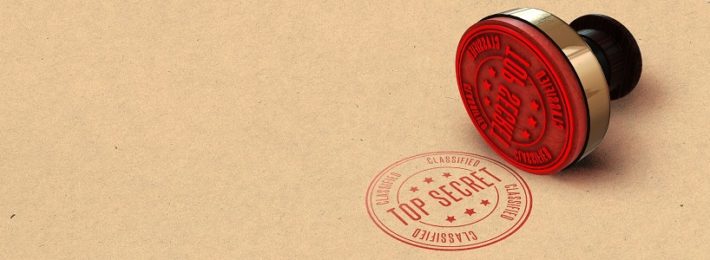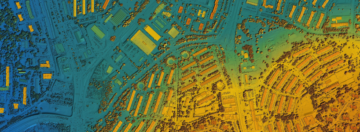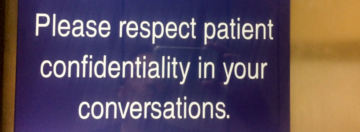Security Clearances Down Under

Have you ever wondered how other countries process their applicants for a security clearance? Is it more or less stringent? It depends on what country we are talking about. Let’s take Australia for instance. They are in a strategic geographic region and have to be politically sensitive to relations with China, as well as the United States. Here are some basic facts on their security clearance processes:
They have four security clearance levels:
- Baseline Clearance – Access to protected information
- Negative Vetting Level 1 (NV1) – Access to secret information
- Negative Vetting Level 2 (NV2) – Access to top secret information
- Positive Vetting (PV) – Access to top secret information when NV2 clearance isn’t sufficient
According to data released by the Australian Government, over 49,000 new security clearances were completed in 2019-20, and over 400,000 active clearances were maintained in the same year.
Just as in the U.S., to be eligible for a clearance the applicant must be an Australian citizen and be hired for a job that requires a security clearance with a company who is willing to sponsor it. The next step is getting vetted by the Australian Government Security Vetting Agency (AGSVA). The vetting (investigation) includes verifying identity, citizenship, background (between 5-10 years), digital footprint, references, qualifications, education, criminal history and financial history.
Depending on the clearance level some will undergo additional steps such as security interviews and psychological assessments. The higher the clearance, the more information sought out and sorted through. A baseline clearance can take 3 months, and an NV1 clearance can take up to six months. Baseline vetting costs $884 Australian dollars ($647 US) and Positive Vetting costs $15,280 Australian dollars ($11,192 US), which is substantially more than U.S. investigative costs.



Start the discussion